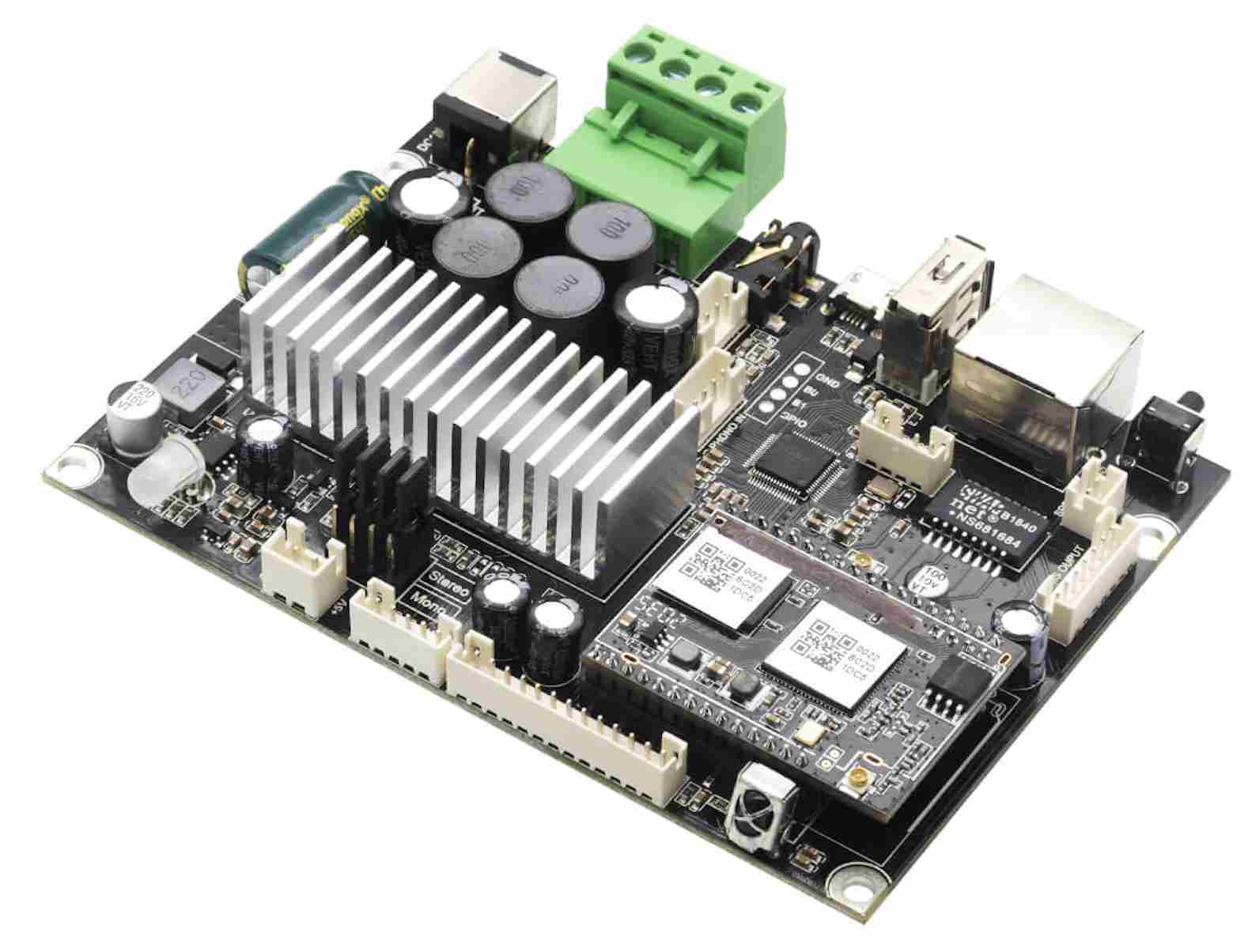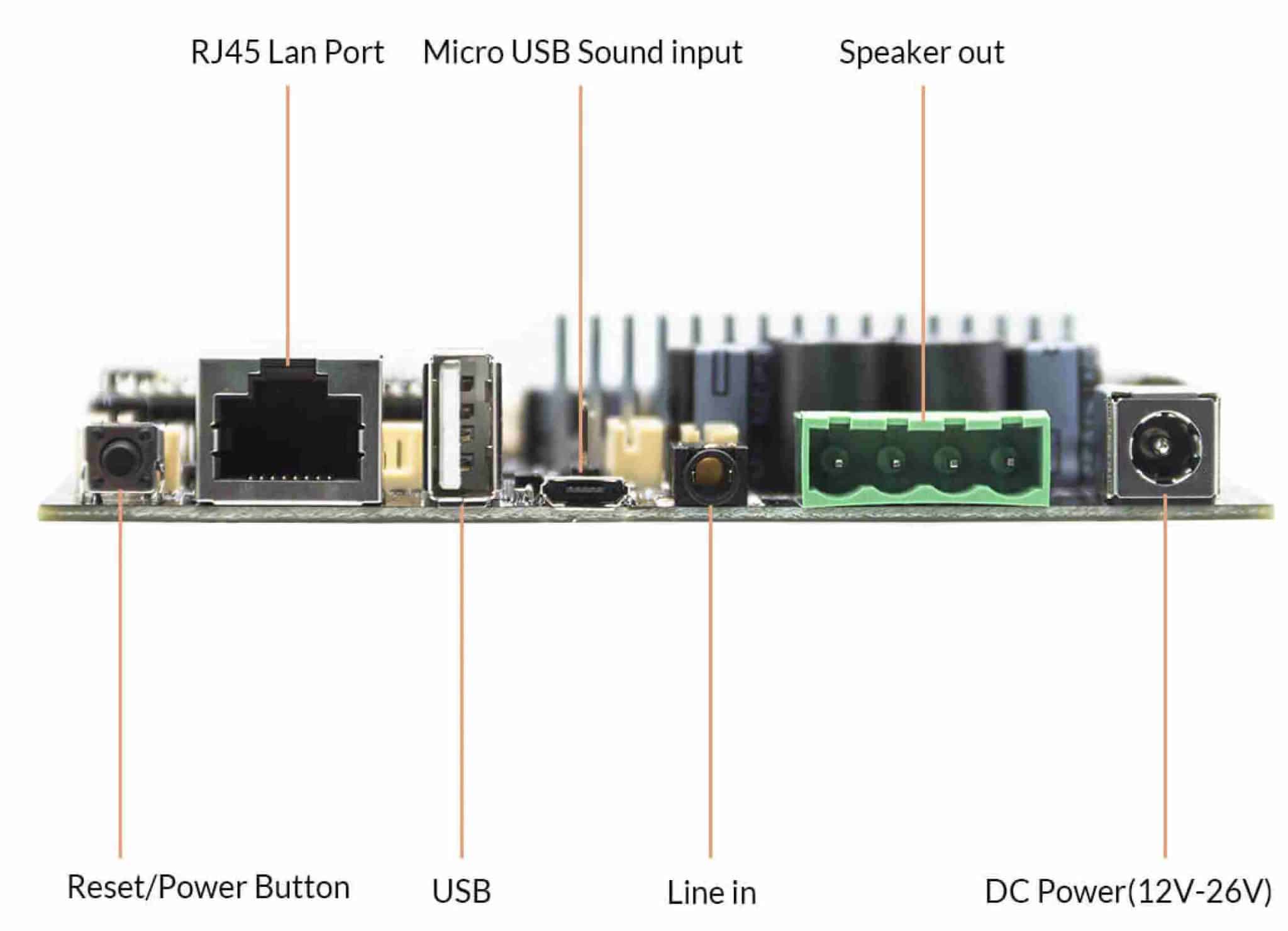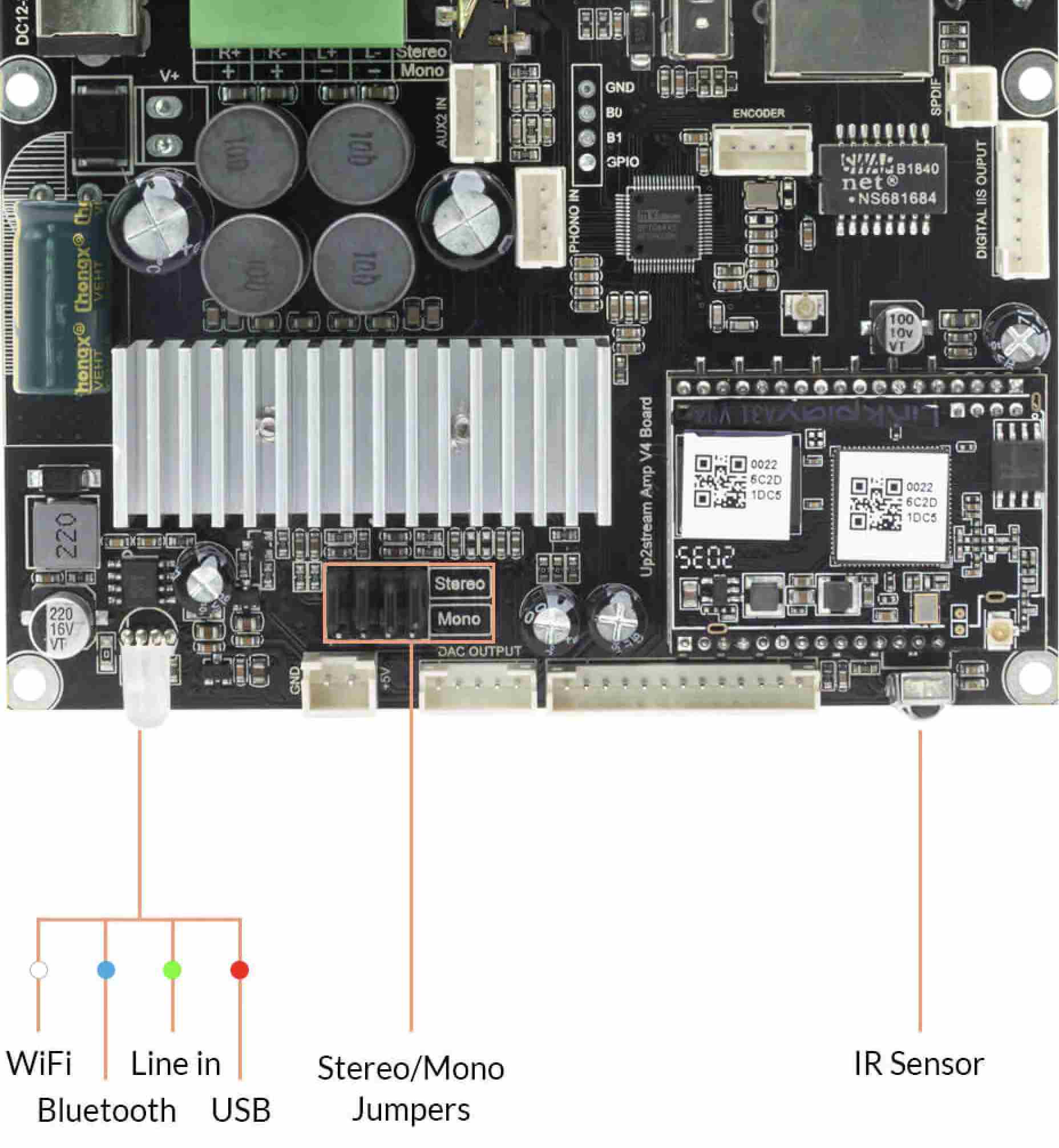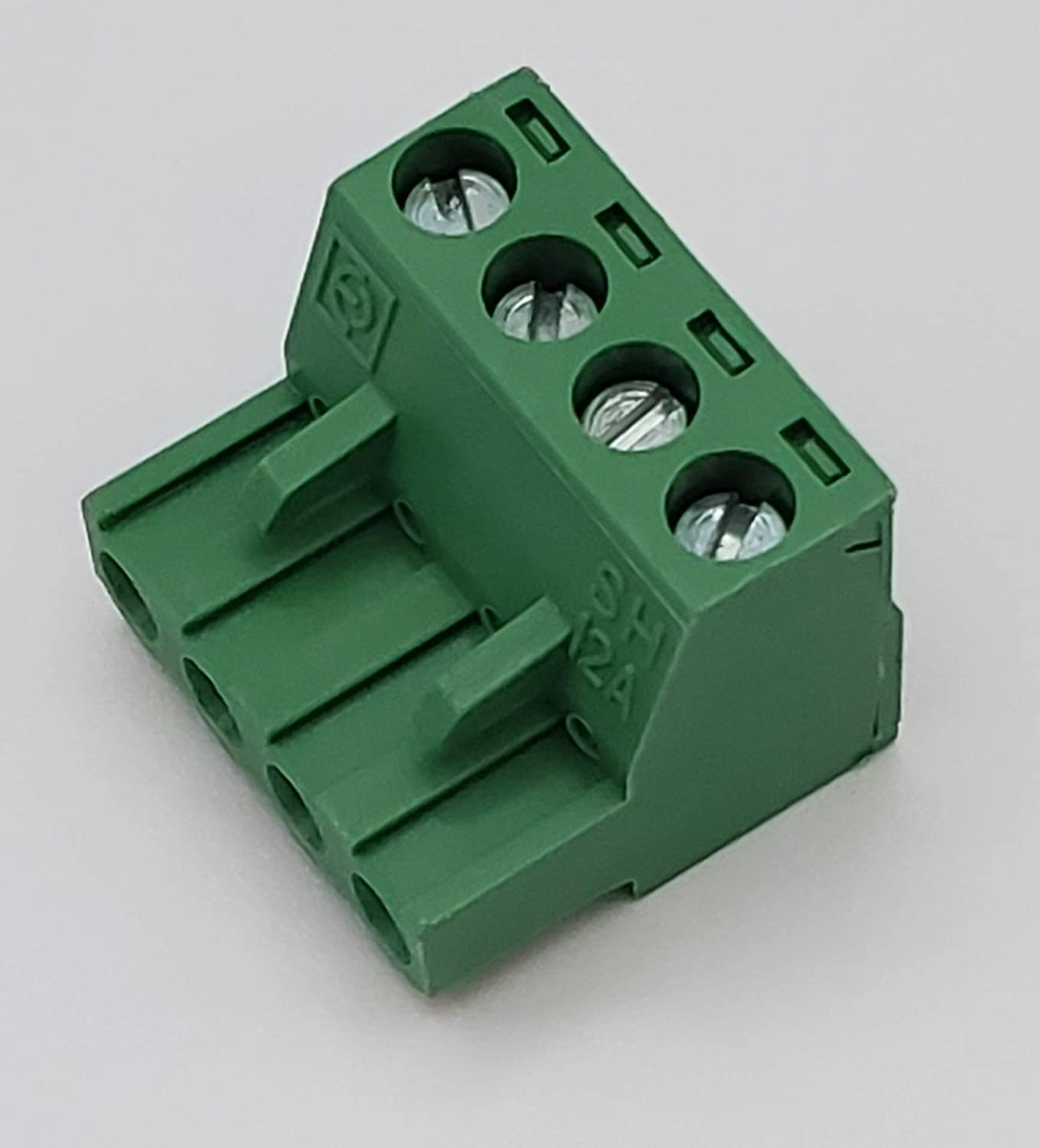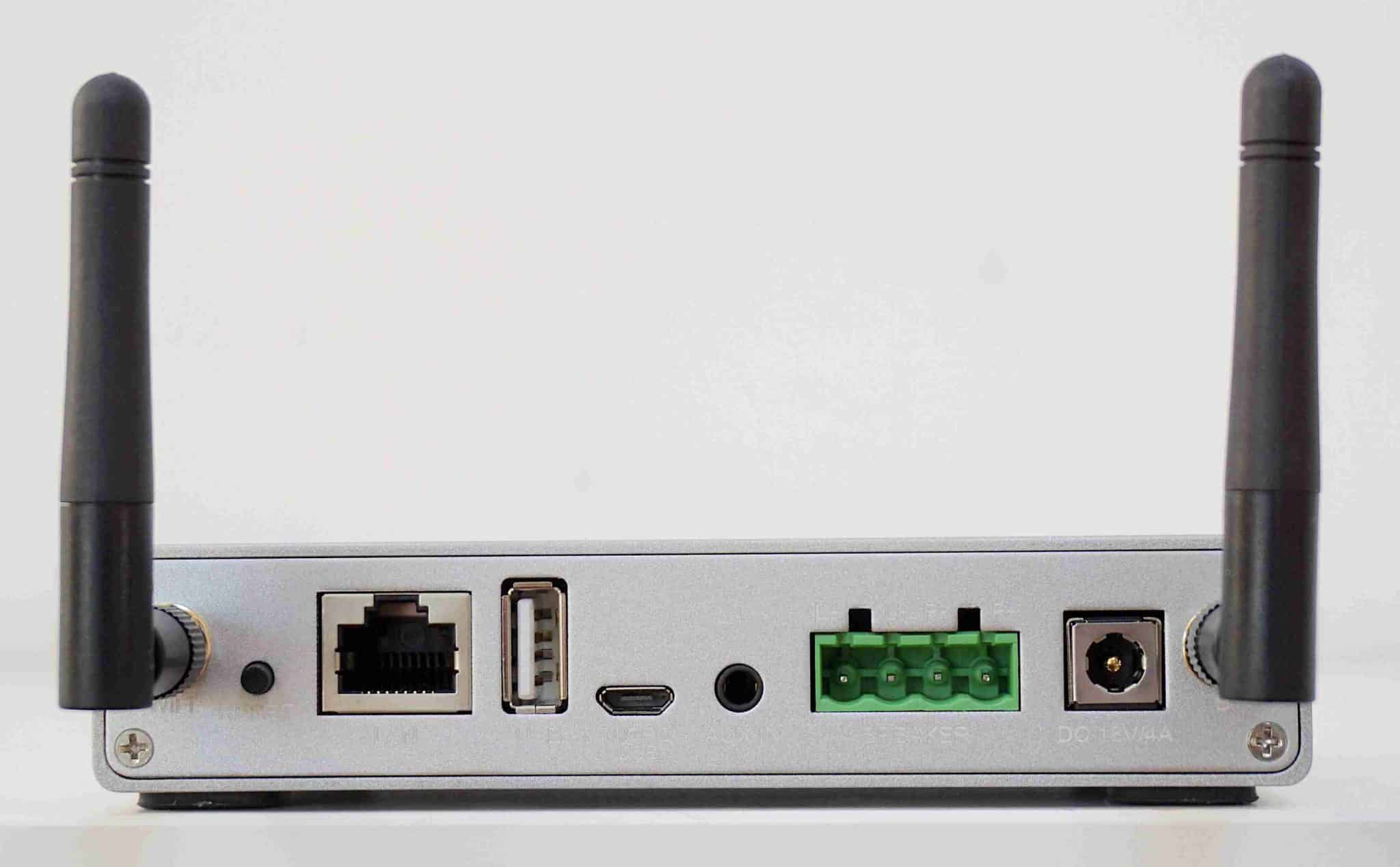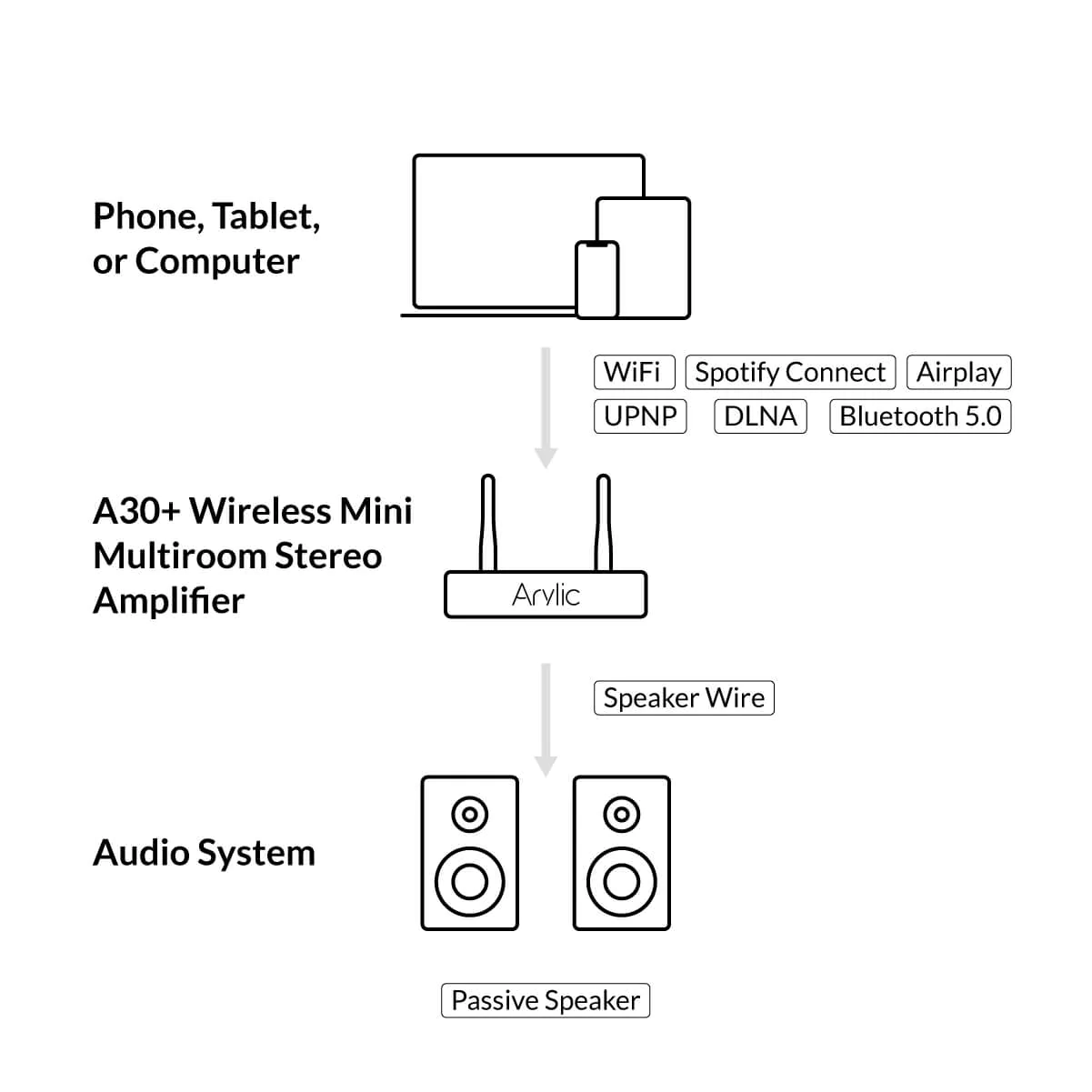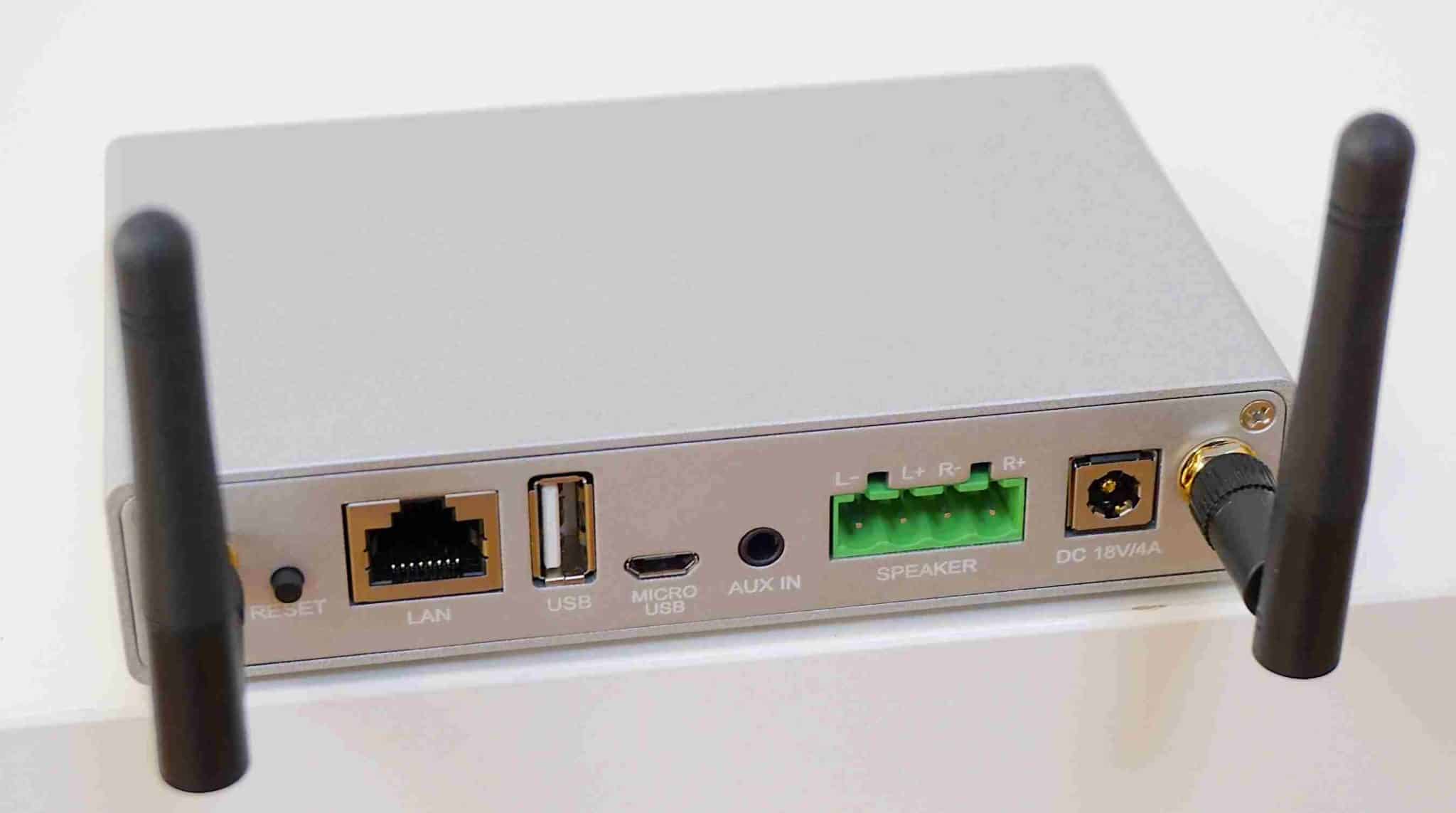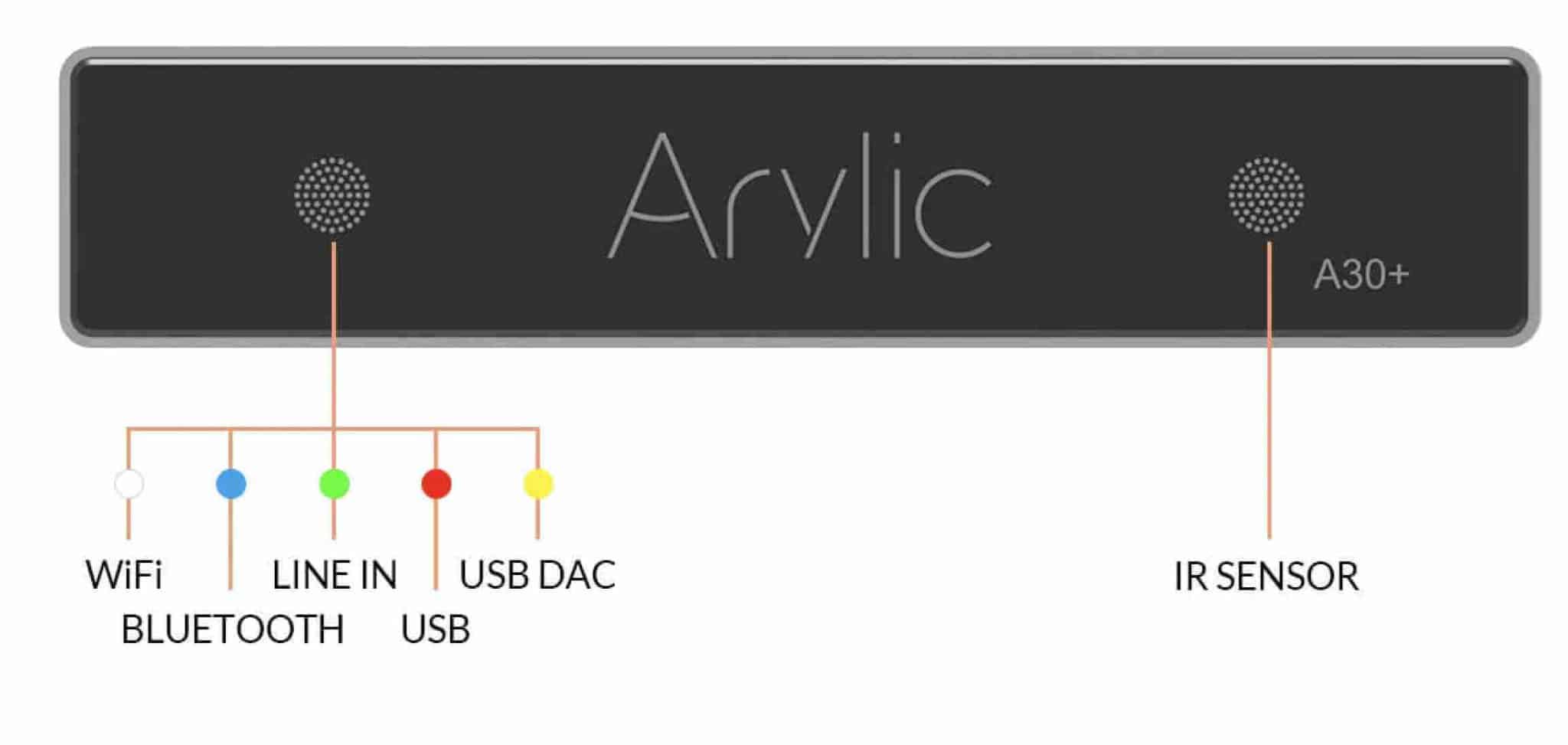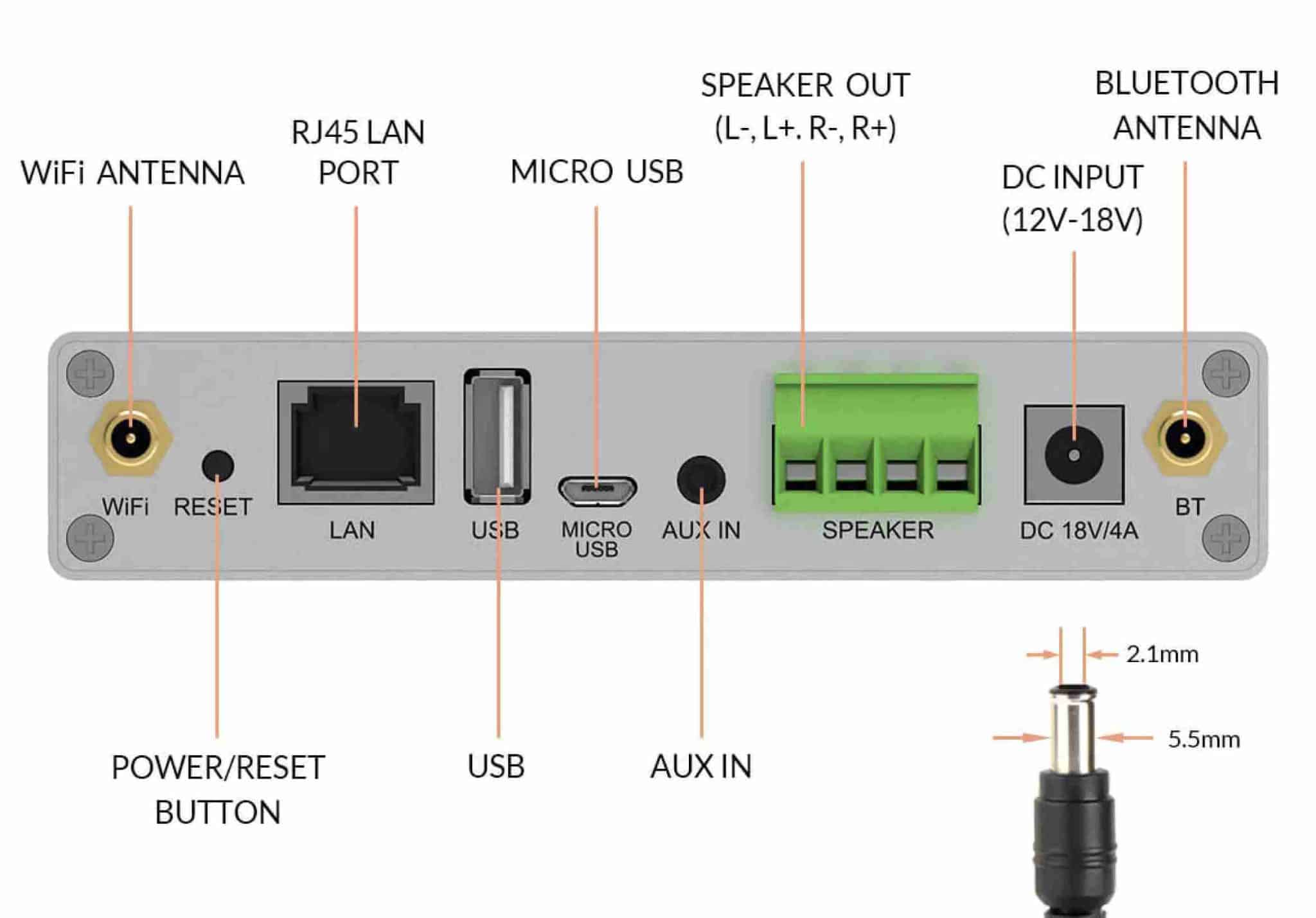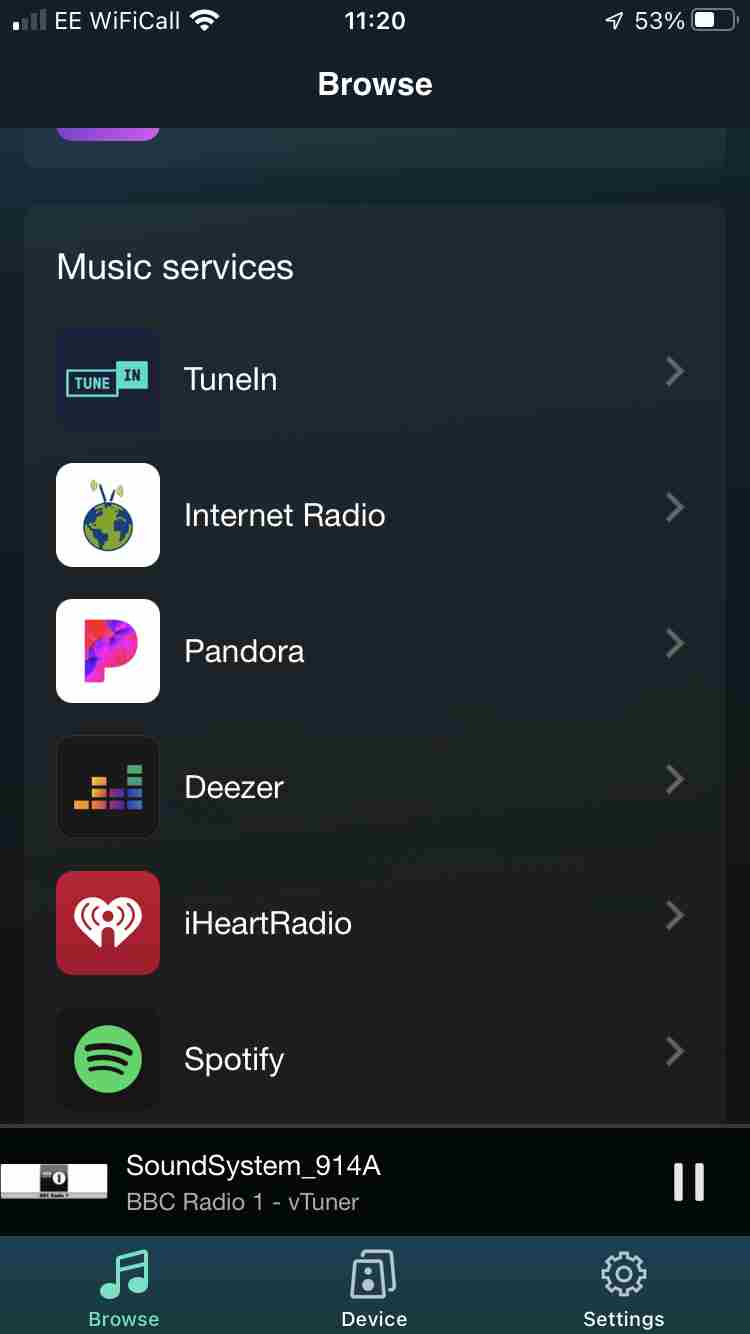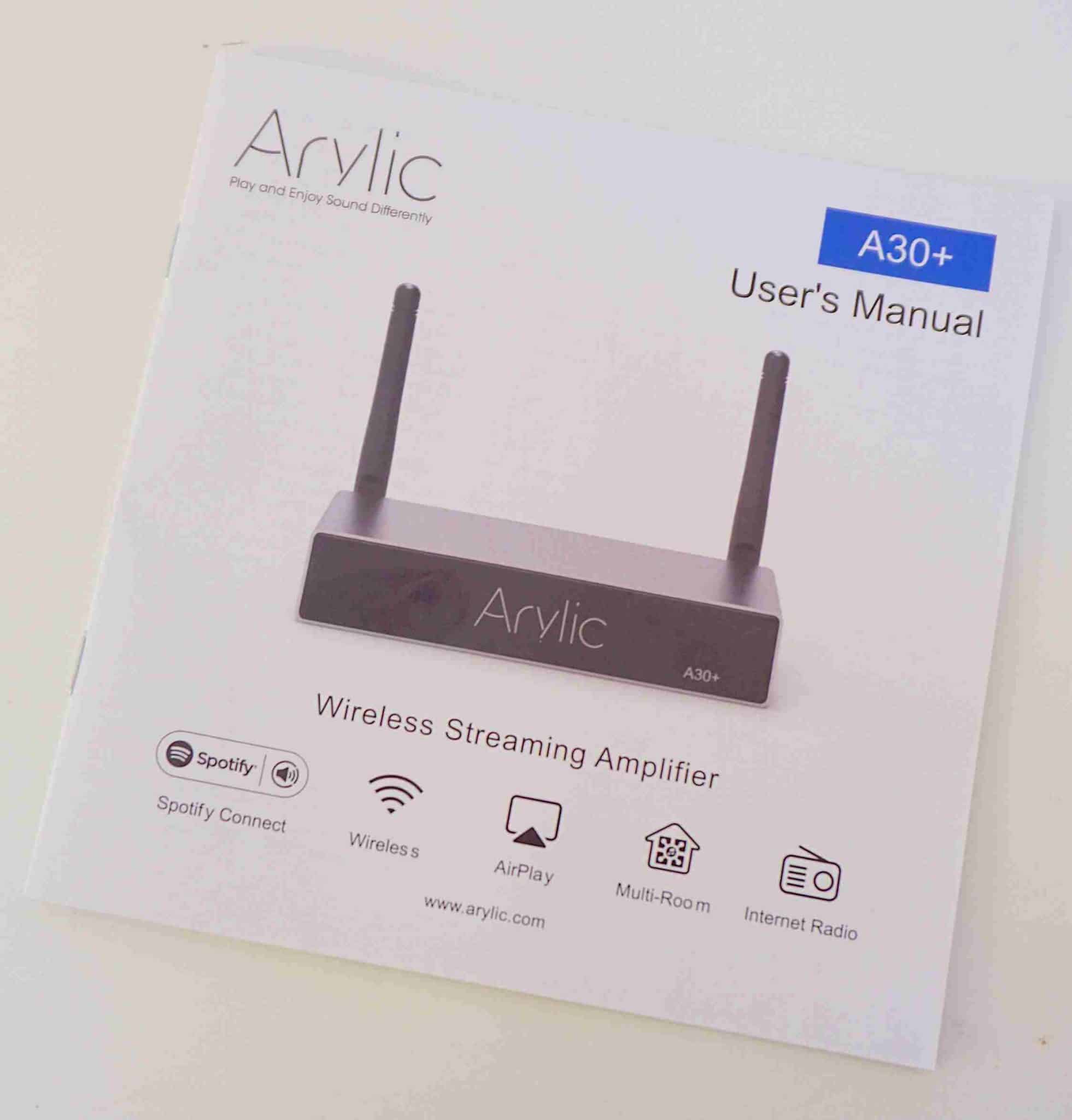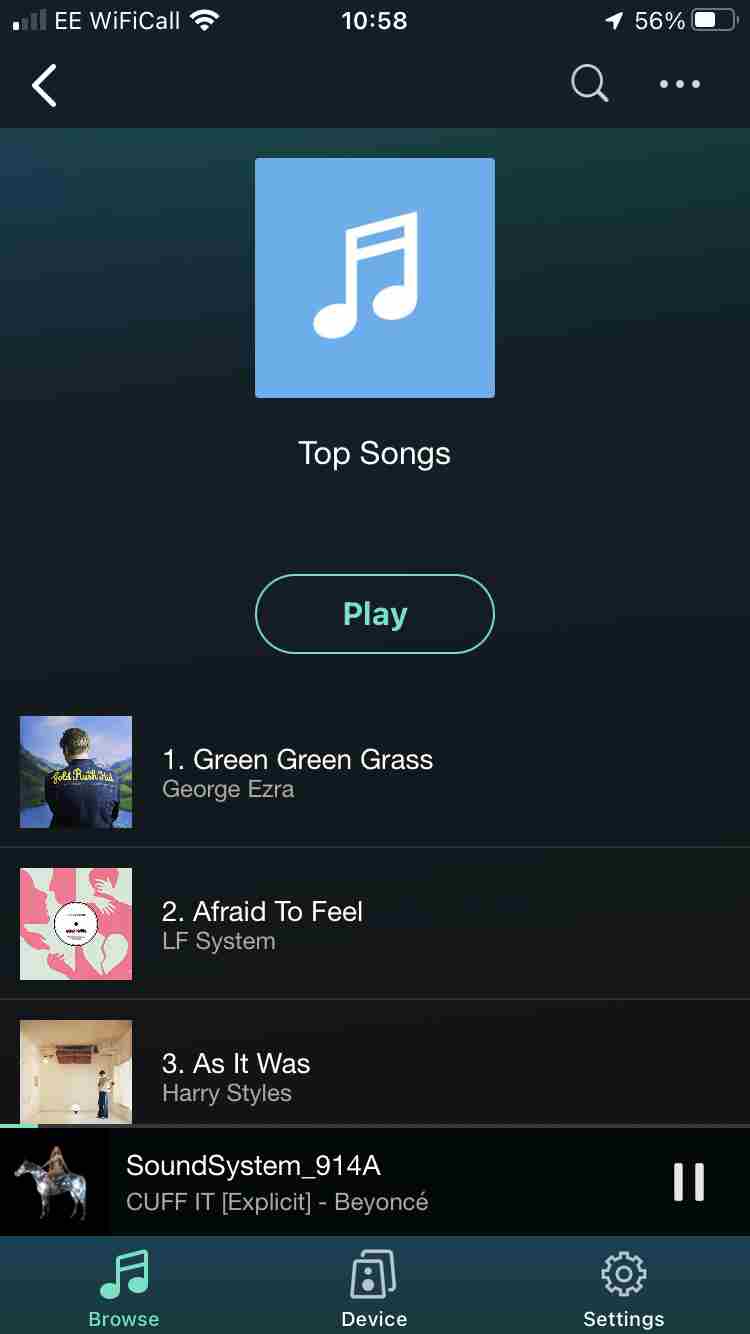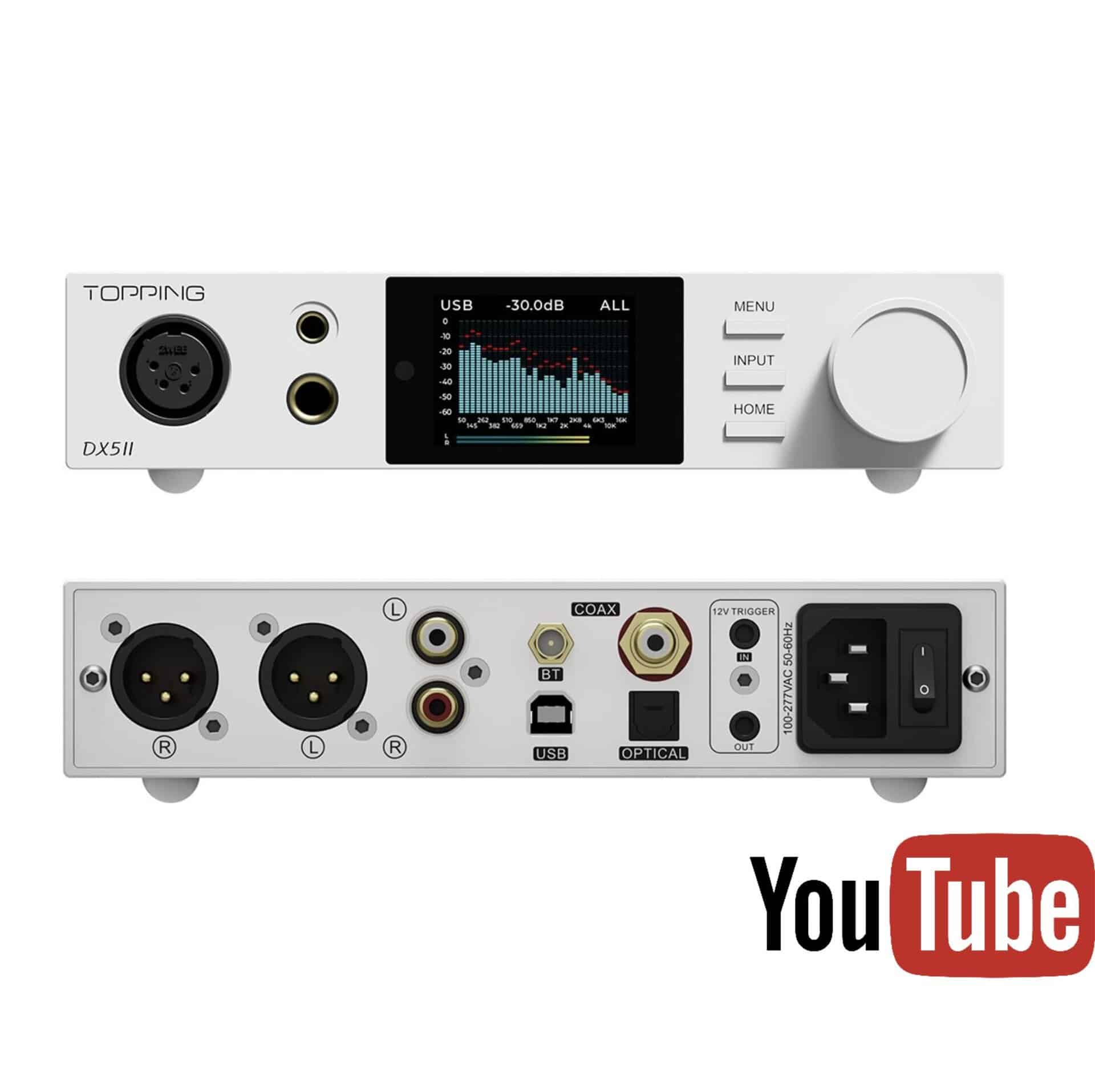The Article
A30+ Streaming Amplifier From Arylic
30th September 2022
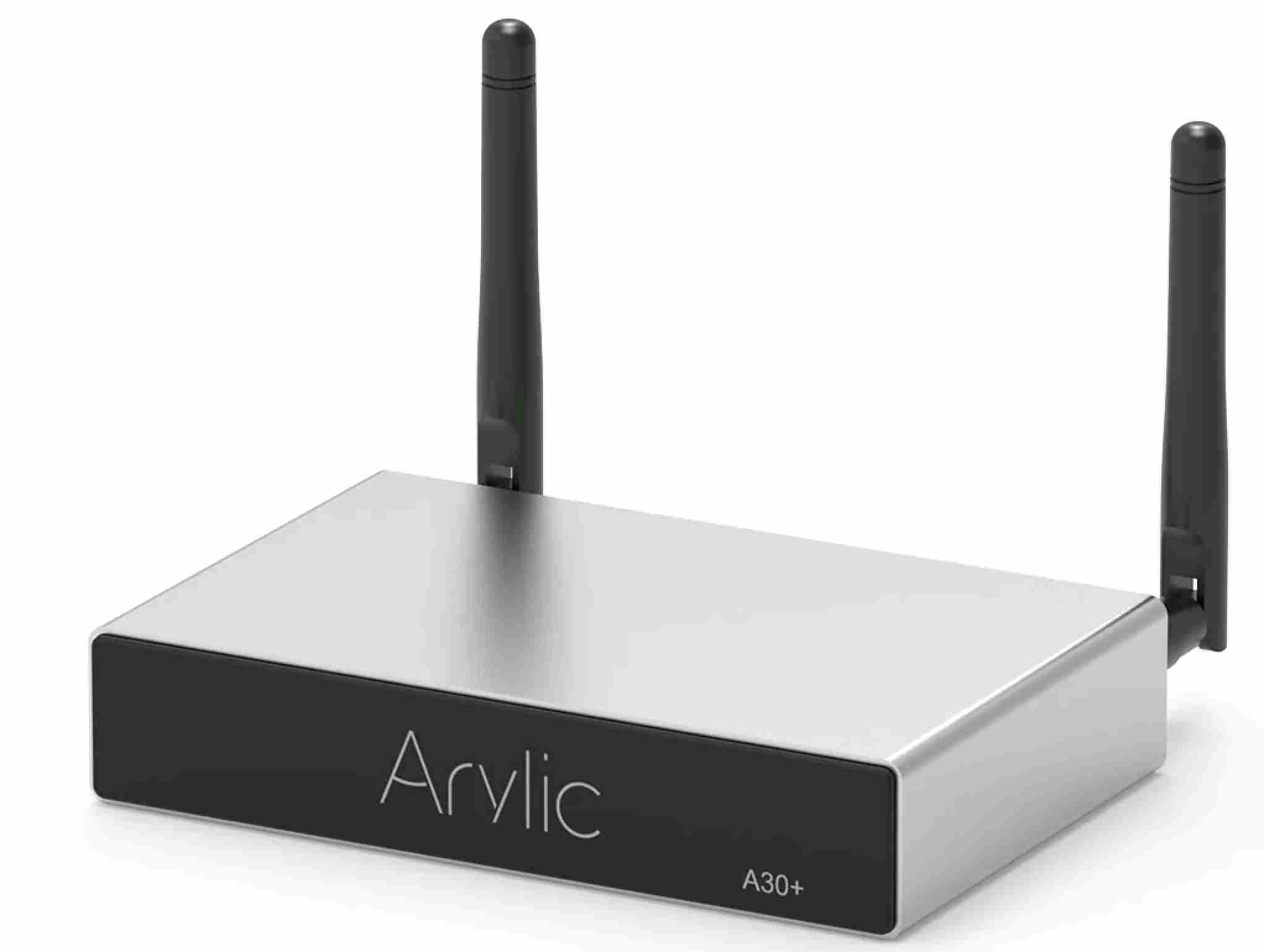
It’s just a wee little thing but Arylic promise much from this low-cost wireless amplifier
Firstly? May I humbly ask the question? Is it possible that the company name may have been a wrong move to begin with? Especially as the world’s regiments of spell checkers will be determined to change the company name from Arylic to Acrylic? I fought with mine throughout this review, I have to say. But hey, what do I know about branding, eh?
Maybe that’s the idea.
So let’s address that idea here, shall we? If you round up the figures, we’re looking at 132 x 86 x 27mm which is around 5″ x 3″ x 1″. That, backed up by 0.35kg or around three quarters of a pound in weight and you’re looking at not very much at all in terms of bulk.
Described as a Wireless Stereo Amplifier on the website or a Wireless Streaming Amplifier in the manual, this (small) smartphone-sized box is presented with a metal rear and surround and perspex front fascia. It also offers a host of options.
Inside is an Up2Stream amplifier board pushing out 18W into 8 Ohms that you can actually buy separately from the company to build your own amplifier, if you have a DIY hankering.
You’ll also realise at this point that the product title is not all it really should be because you also get a DAC – pushing out up to 24bit/192kHz PCM – as part of the package. So Arylic are actually underselling the A30+.
TECH STUFF
What do you get for your cash? The front, apart from the logo and model number, is apparently bare. Except it isn’t, quite. On the right is actually an IR sensor for the supplied remote control and, on the left is a light that offers a rainbow of colours that illuminate, depending on the source selected: Line In gets green, Bluetooth offers blue, USB defaults to red and so on.
The rear of the chassis provides two screw-in aerials that poke above the chassis and rather spoil the neat chassis dimensions but of course, I understand why they’re there. One aerial is a Wi-Fi antenna, the other is devoted to Bluetooth. They are positioned far left and right as you gaze upon the rear of this box.
In between, reading from the left is a small reset button, an Ethernet port for wired network play (2.4GHz only, 5GHz is not included), a USB A slot to attach a hard drive or USB stick packed with music files (up to 1,024 apparently), a micro USB B port can be utilised by a laptop, there’s an Aux In port and then there’s a speaker block.
As you might expect, this is where my overview screeched to a halt. There’s no binding posts here: good, bad or indifferent. You don’t even get spring-loaded speaker connectors. You cannot attach speaker cables to this unit via banana or spade terminations. You are only able to connect bare wire speaker cables to the A30+.
That doesn’t mean that the cables themselves have to be of poor quality of course. QED offer excellent bare wire examples for around £20 for 10m.
Because of size constraints and the asking price, I can understand the bare-wire connection choice from Arylic. Even so, a first impression judgement – no matter how unfair that might be to fans of the product and the company – heaves into view, even before you switch on.
Rightly or wrongly, it did for me. I had a ‘Just how serious about sound is this company?” thought. A victim of first impressions I might be but I also have an open mind so I’ll reserve judgement until we get to the sound tests.
Out of the box you are given a removable, plastic cable block. This is a cheap and cheerful screw-type Terminal Block that costs £1.26 for a set of five on AliExpress, last time I looked but that price has probably gone down since.

It doesn’t exactly reek of quality.
The idea is to connect the speaker cables while this green block is disconnected from the A30+.
You push a bare-wired cable into a hole of your choice. Inside the hole is a bare metal plate. At the top of the block is a mounted screw. When you screw tight, the screw applies pressure to the lower metal plate that keeps the cable secure. At least, that’s the idea.
Then you push the entire block into the rear of the chassis. The block itself is ‘keyed’ so can only be connected in one way.
AND CONTINUING…
To the right of this cable block is a barrel plug for the included 18V switch-mode power supply.
Talking to the A30+ can be achieved in one of two principle ways. First up is via the included physical remote control, powered by two AAA batteries. For a unit of this size and – importantly – price, the remote isn’t half bad. Critically, you’re not given a credit card remote with a dead-skin interface. Instead, you are offered a decent little extended pebble remote offering CD-like transport controls, volume, tone controls, source buttons and a 1-6 numeric keypad for playlist presets. It’s cheap and cheerful sure, but it’s fine.
The other option is the free iOS or Android app, 4Stream which retains multi-room capabilities and which I found easy to install and set up. It recognised my device in seconds and promptly entered into an automatic update routine soon after.
This app offers the usual network services (i.e. Tidal, Qobuz, Amazon Music, Spotify, Radio, etc) while the app will gather your phone/tablet supply of music to use too. You can select the volume and source from the app as well as set up favourites, presets and search.
SOUND QUALITY
I reached for my Q Acoustic 3020 speakers and set up the A30+ as a piece of HiFi and listened to it at a distance, as if it was part of a standard HiFi system.
Incidentally, I grabbed the original 3020 models, not the ‘i’ upgrade. The reason I picked the OG version? Because you can pick them up (relatively) cheap on eBay and Amazon. I’ve seen them move for as low as £119 which is an incredible bargain for speaker designs I still class as award winners.
BLUETOOTH PLAY
In sonic terms? The performance was reasonable. Bluetooth as a source is a compressed stream so whenever it sounds amazing, then I am also amazed but the A30+ offered a reasonable stab at Ms Simone. Yes, I could hear a rather pinched, compressed suite of midrange frequencies, little in the way of bass and a rather shiny treble response. There was nothing aggressive here though. As long as the volume wasn’t pushed too high, the A30+ sounded ok.
I plugged in a network cable which then bizarrely, slowly, tragically, killed the Bluetooth signal for some odd reason. Bluetooth didn’t switch off immediately. It crumbled like a sand castle in front of the on-coming tide.
I have to add, I hadn’t yet selected network play via a source button. All I had done was plug in an Ethernet cable. Even so, the A30+ apparently wanted to second guess me.
RUNAWAY INTERFACE
I logged into Amazon Music and played the Ed Sheeran track Shivers. What confused me now was the erratic volume control. I altered the gain on the 4Stream app but the volume from the A30+ often failed to keep up with my commands so an increase in volume on the app followed suit 10 or more seconds after the interface was changed. This happened on the physical remote too.
Still on Amazon Music, I then tried to change a track via the 4Stream app to the previous song. I punched in the command and the track moved. But then it kept on going. Around 10 tracks later, it stopped and played a track I had not requested at all.
In my long career as a HiFi journalist? This is the first time I’ve ever experienced this form of error. Well, errors.
So I disconnected the A30+ from my Internet connection. Left it for a while. Came back, reconnected and all was fine. No problems. The volume issues went away as did the source selection issues. Was it down to the A30+? Was the problem of my own? A mixture of both? No idea. Even so, I’ve never experienced such a series of errors before. I also have to add that I have a ‘to-the-door’ Internet connection of 500Mb/s which is pretty sprightly, I’m sure you’ll agree, so I can’t blame that.
In terms of the basic sonic ability of the A30+? I thought wired network play was decent. I quite liked the sound quality from this source for the low asking price. It wasn’t amazing, there was an upper midrange roll off but the A30+ certainly offered a listenable presentation, with no obvious frequency issues or problems.
USB PLAY
I then moved to a direct source – which promised to enhance the sound quality – and plugged a USB stick into the rear of the chassis. I have to mention that the change over from network play to USB and from one source to another in general terms, was at best, inelegant.
For example, I was happily listening to network play, then inserted a USB stick into the rear of the chassis whereupon the network play stuttered, then it disintegrated like a Star Trek red shirt being hit by a Klingon disruptor, then there was silence, then the tracks on the USB stick began play.
Thing is though, I hadn’t reached for the source button to change my source away from network play. I didn’t press a track play on the USB stick. I resented the A30+ trying to second guess me, frankly.
So, rather grumpily, I played the singer-songwriter, man and guitar track, Vision of Her from David Elias at 24bit/88.2kHz.
THE TERMINAL..BLOCK
It was at this point that another audio issue occurred and one that I could have predicted when I saw the spec list, one of the speakers died a death because a cable worked itself loose from the green Terminal Block on the rear of the A30+. This, despite the A30+ only receiving minimal handling during the review.
Was this my fault? Sure, partly. Even though I thought I had securely inserted a one of the speaker cables in the little green block, it seemed that I had not. So yes, partly my fault but, I have to say, it’s partly down to the tech and the company as well.
I do find with this sort of cable connection that the cable itself might appear to be fully and fairly connected that it can still be prone to working loose over time. That certainly occurred here.
I also question the use of a Terminal Block in HiFi use at all. I find that Terminal Blocks are great when you need to connect a very thin gauge wire to it but when you offer a larger, thicker speaker cable to a cheap and cheerful Terminal Block connector, it seems to struggle to maintain a grip on it.
I also wonder, because of that, about the integrity of the sound signal and what effect that might be having on the overall sound.
For me? I believe Arylic chose the wrong part for the job.
In sonic terms, from the USB source? While never sparkling or insightful, I quite liked the sound quality from this source. Bass was warming and full, mids had an even-tempered presentation. The acoustic guitar was detailed and resonant while the vocal offered enough emotion to be engaging.
NEAR-FIELD PLAY
I finally tried the A30+ in near-field mode. That is, playing music through speakers positioned at a lower volume with the speakers close to the ears, as in a desktop set up.
At this lower volume, while the A30+ was not straining in sonic terms, I liked the sound output, especially via the USB source which offered a nice stereo image and offered plenty of insightful detail around the midrange. Bass offered a good foundation to the song while the presentation was better balanced, overall.
Similarly, over network play, the A30+ provided a fuller, richer experience in near field and at lower volumes. It sounded much more comfortable in this mode. Sure, that midrange roll-off didn’t magically disappear but there were the was detail available to distract the ear, making that issue less of a problem.
CONCLUSION
In purely sonic terms, I was reasonably happy with the A30+ for the asking price. I wouldn’t class its sonic response as amazing but it was satisfactory, for that price. Especially if it received a high resolution signal. In fact, the better the source, the better the A30+ performed. There are usability issues with the A30+ and I do have underlying suspicions about Internet connectivity. Even so, for the low price, you may want to take a punt on the A30+, if not as a full-blown HiFi component then as a computer-linked, near-field source and amplifier.
ARYLIC A30+ STREAMING AMPIFIER
Price: $139 (the company ships worldwide, direct from its website – local currency conversion appears to be calculated during checkout. Which means: £115 or €136, at the time of this review)
GOOD: hi-res sonic response, small footprint, price, feature set
BAD: overall sound quality, cable connections, suspect Internet connectivity
RATING: 4
[Don’t forget to check out my new Patreon Page at www.patreon.com/audiophileman, for exclusive postings, giveaways and more!]
REFERENCE
Apple iPhone
Astell&Kern Kann Alpha DAP
Q Acoustic 3020 speakers
Tellurium Q & QED cabling

